Home>Home Appliances>Home Automation Appliances>What Color Are Thermostat Wires


Home Automation Appliances
What Color Are Thermostat Wires
Modified: February 18, 2024
Learn about the different thermostat wire colors used in home automation appliances. Understand the significance of each wire for efficient installation and troubleshooting.
(Many of the links in this article redirect to a specific reviewed product. Your purchase of these products through affiliate links helps to generate commission for Storables.com, at no extra cost. Learn more)
**
Introduction
**
When it comes to the intricate world of home automation and climate control, thermostats play a pivotal role in ensuring comfort and energy efficiency. However, behind their sleek interfaces and user-friendly designs lies a network of wires that are crucial to their functionality. Understanding the purpose and color-coding of these thermostat wires is essential for homeowners and technicians alike. In this comprehensive guide, we will delve into the fascinating realm of thermostat wires, unraveling their colors and codes to shed light on this often overlooked aspect of home automation. Whether you're a curious homeowner or an aspiring DIY enthusiast, this article will equip you with the knowledge to navigate the intricate wiring systems of thermostats with confidence and clarity. So, let's embark on this enlightening journey through the colorful world of thermostat wires.
Key Takeaways:
- Thermostat wires come in different colors, each with a specific function. Red delivers power, white initiates heating, green controls the fan, yellow triggers cooling, and blue serves as the common wire in some systems.
- Understanding thermostat wire colors is crucial for installing and troubleshooting thermostats. By knowing the purpose of each color, homeowners and technicians can ensure their HVAC systems work effectively and efficiently.
Read more: What Color Is The C-Wire On A Thermostat
Understanding Thermostat Wires
Thermostat wires form the backbone of the heating, ventilation, and air conditioning (HVAC) system in a home. These wires serve as the communication link between the thermostat, the heating and cooling equipment, and in some cases, the power source. Understanding the function of thermostat wires is crucial for anyone looking to install, troubleshoot, or upgrade a thermostat.
Thermostat wires are typically made of copper and are insulated to prevent short circuits. The number of wires and their specific functions can vary depending on the type of HVAC system and the features of the thermostat. Commonly, thermostat wires are grouped together and encased in a protective sheath for easy installation and maintenance.
One of the primary functions of thermostat wires is to transmit signals between the thermostat and the HVAC system. These signals instruct the heating or cooling equipment to turn on, off, or adjust their operation based on the desired temperature set on the thermostat. Additionally, thermostat wires may also carry power from a low-voltage transformer to the thermostat, enabling its display and controls to function.
Understanding the purpose of each wire and its corresponding color is essential for correctly connecting the thermostat to the HVAC system. This knowledge ensures that the heating and cooling equipment respond accurately to the thermostat's commands, thereby maintaining a comfortable indoor environment.
As we venture deeper into the realm of thermostat wires, we will uncover the significance of each wire color and its role in the overall functionality of the HVAC system. By grasping the intricacies of thermostat wires, you'll be better equipped to harness the full potential of your thermostat and HVAC system.
Common Thermostat Wire Colors
Thermostat wires come in a variety of colors, each serving a specific function in the HVAC system. While the standard set of colors may vary slightly depending on the manufacturer and model of the thermostat, there are common conventions that are widely recognized in the industry.
1. Red (R): The red wire is typically connected to the R terminal on the thermostat and is responsible for carrying 24-volt power from the transformer to the thermostat. This power is essential for the operation of the thermostat, enabling it to control the heating and cooling equipment.
2. White (W): The white wire connects to the W terminal on the thermostat and is used to send a signal to the heating equipment to initiate the heating cycle. When the thermostat calls for heat, it sends a signal through the white wire to activate the heating system.
3. Green (G): The green wire is linked to the G terminal on the thermostat and is dedicated to controlling the fan of the HVAC system. When the thermostat triggers the fan to operate, it sends a signal through the green wire, prompting the fan to circulate air throughout the home.
4. Yellow (Y): The yellow wire is attached to the Y terminal on the thermostat and is employed to convey a signal to the cooling equipment, initiating the cooling cycle when the thermostat calls for lower temperatures. This wire is crucial for activating the air conditioning system.
5. Blue (C): In some systems, the blue wire, connected to the C terminal on the thermostat, serves as the common wire, providing the return path for the 24-volt power supply. The common wire completes the circuit and ensures the smooth operation of the thermostat and HVAC system.
6. Other Colors: While the aforementioned colors are the most common, there are instances where additional wires with different colors are present. These wires may be used for specific functions such as controlling humidifiers, dehumidifiers, or other accessories in the HVAC system.
Understanding the significance of these common thermostat wire colors is pivotal for correctly identifying and connecting the wires during thermostat installation or troubleshooting. By familiarizing yourself with these colors and their respective functions, you'll be better equipped to navigate the wiring intricacies of your thermostat and HVAC system.
The most common colors for thermostat wires are red, white, green, and blue. However, it’s important to note that the colors can vary, so it’s best to use a multimeter to test the wires for accuracy.
Thermostat Wire Color Codes
Thermostat wire color codes serve as a standardized method for identifying the functions of different wires in a thermostat wiring system. By adhering to these color codes, homeowners and technicians can easily discern the purpose of each wire, ensuring precise connections and troubleshooting processes.
1. Red (R): The red wire, denoted by the letter R, signifies the 24-volt power supply from the HVAC system's transformer to the thermostat. This wire is essential for enabling the thermostat to control the heating and cooling equipment.
2. White (W): The white wire, labeled as W, is responsible for transmitting a signal from the thermostat to the heating equipment, initiating the heating cycle when the indoor temperature requires adjustment.
3. Green (G): The green wire, identified as G, is dedicated to controlling the fan of the HVAC system. When the thermostat activates the fan to circulate air, it sends a signal through the green wire to prompt the fan into operation.
4. Yellow (Y): The yellow wire, denoted by Y, conveys a signal from the thermostat to the cooling equipment, triggering the cooling cycle when the indoor temperature necessitates a decrease. This wire is crucial for activating the air conditioning system.
5. Blue (C): In some systems, the blue wire, represented by C, serves as the common wire, providing the return path for the 24-volt power supply. The common wire completes the circuit and ensures the smooth operation of the thermostat and HVAC system.
6. Other Colors: While the standard thermostat wire colors are red, white, green, yellow, and blue, there are instances where additional wires with different colors are present. These wires may serve specific functions such as controlling humidifiers, dehumidifiers, or other accessories in the HVAC system.
Understanding the thermostat wire color codes is invaluable for anyone involved in the installation, maintenance, or troubleshooting of thermostats. By recognizing the significance of each color and its corresponding function, individuals can navigate the complexities of thermostat wiring with confidence and precision.
Conclusion
Unraveling the enigmatic world of thermostat wires has shed light on the essential role they play in the seamless operation of HVAC systems. The diverse colors of thermostat wires, from red to blue and beyond, each carry a specific function that is pivotal to maintaining a comfortable indoor environment. By understanding the significance of these colors and their corresponding wire codes, homeowners and technicians can navigate the complexities of thermostat installation, troubleshooting, and maintenance with ease.
As we’ve discovered, the red wire delivers power, the white wire initiates heating, the green wire controls the fan, the yellow wire triggers cooling, and the blue wire serves as the common wire in some systems. These colors, along with any additional wires with distinct hues, form a cohesive network that enables the thermostat to communicate with the HVAC system effectively.
Armed with this knowledge, homeowners can confidently tackle thermostat installations and minor troubleshooting tasks, while technicians can leverage their understanding of thermostat wire colors to deliver efficient and accurate HVAC services. Whether it’s a simple thermostat upgrade or a comprehensive HVAC system overhaul, the awareness of thermostat wire colors empowers individuals to optimize their home automation and climate control systems.
In conclusion, the colorful array of thermostat wires symbolizes the interconnectedness of the modern home, where every wire serves a purpose in maintaining comfort, convenience, and energy efficiency. By demystifying the colors and codes of thermostat wires, we’ve unveiled the intricate yet fascinating foundation of home automation, inviting everyone to embrace the vibrant world of thermostat technology with confidence and clarity.
Frequently Asked Questions about What Color Are Thermostat Wires
Was this page helpful?
At Storables.com, we guarantee accurate and reliable information. Our content, validated by Expert Board Contributors, is crafted following stringent Editorial Policies. We're committed to providing you with well-researched, expert-backed insights for all your informational needs.
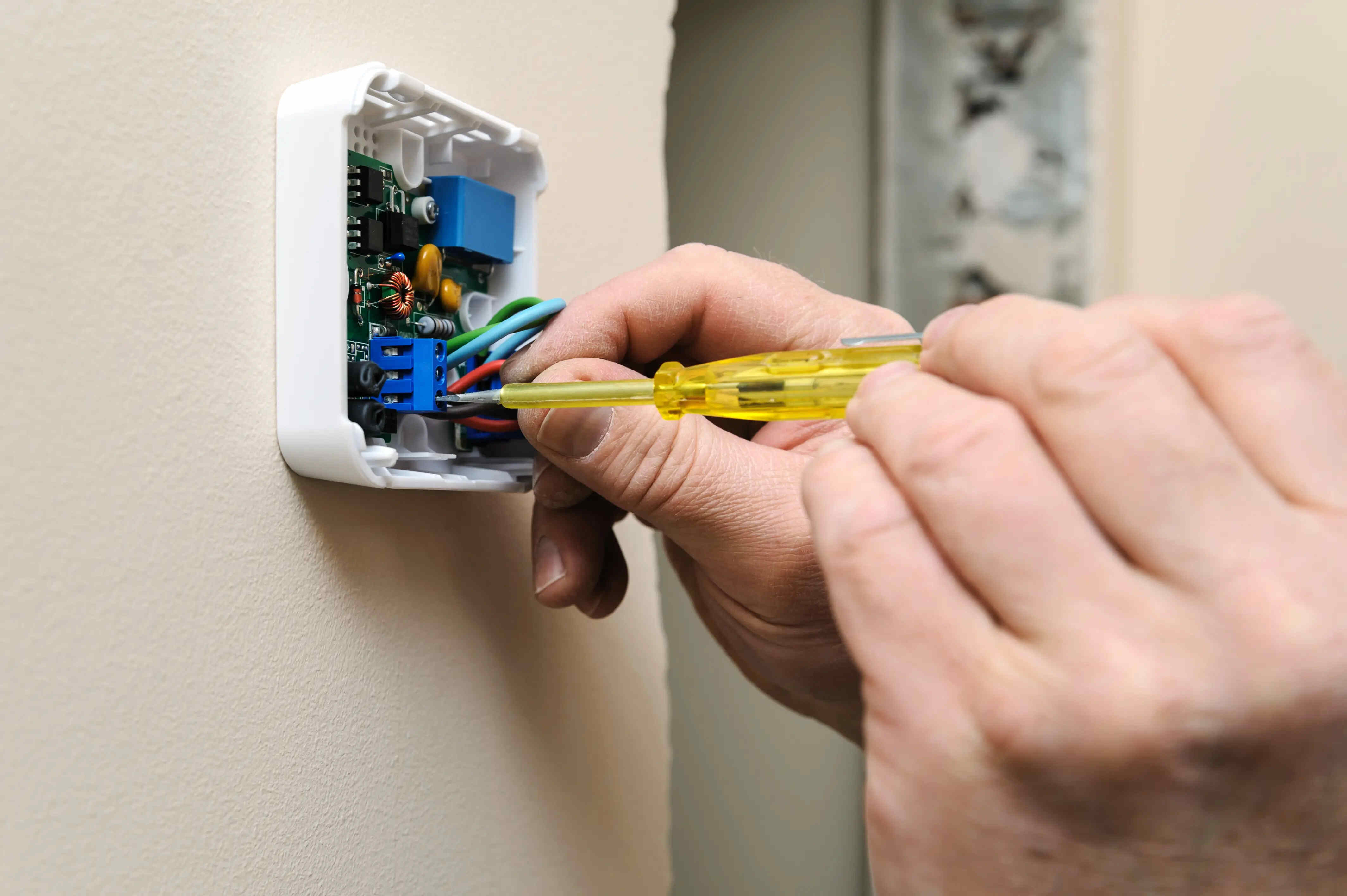
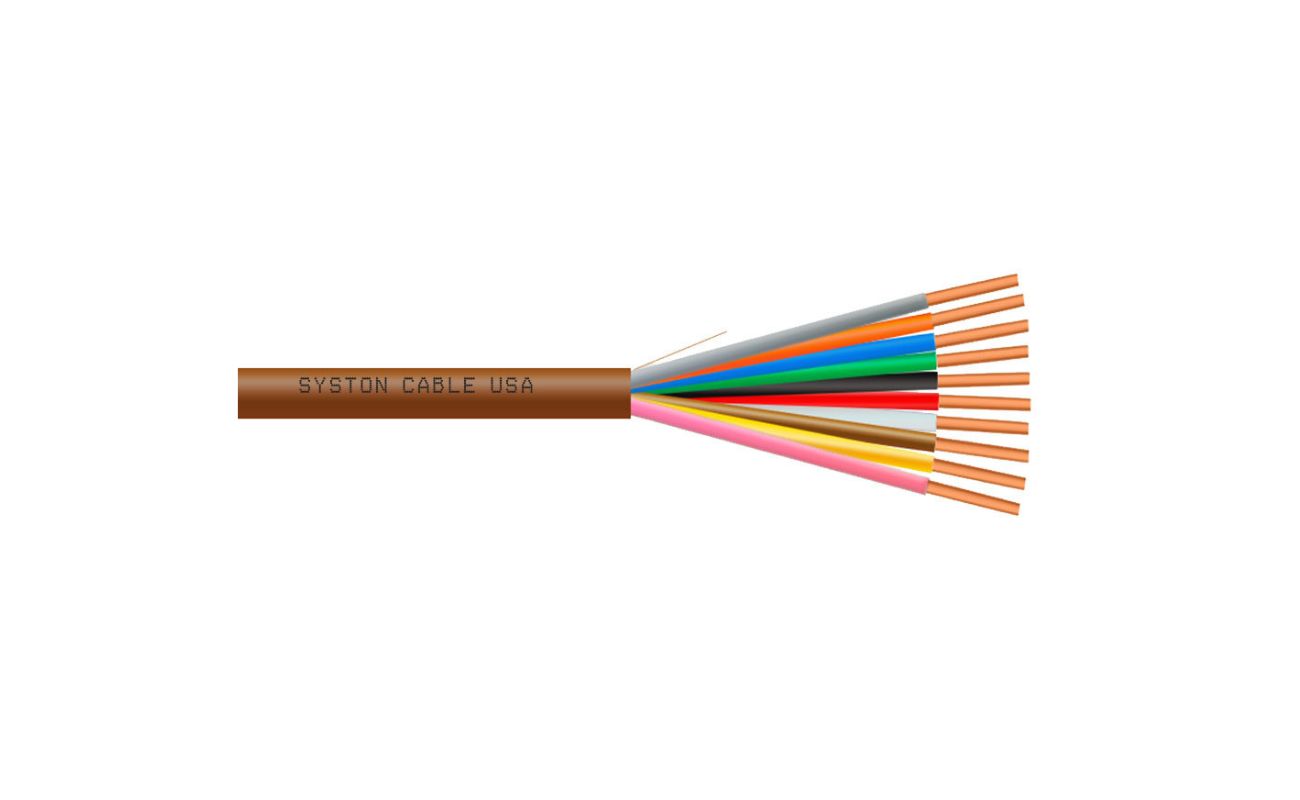
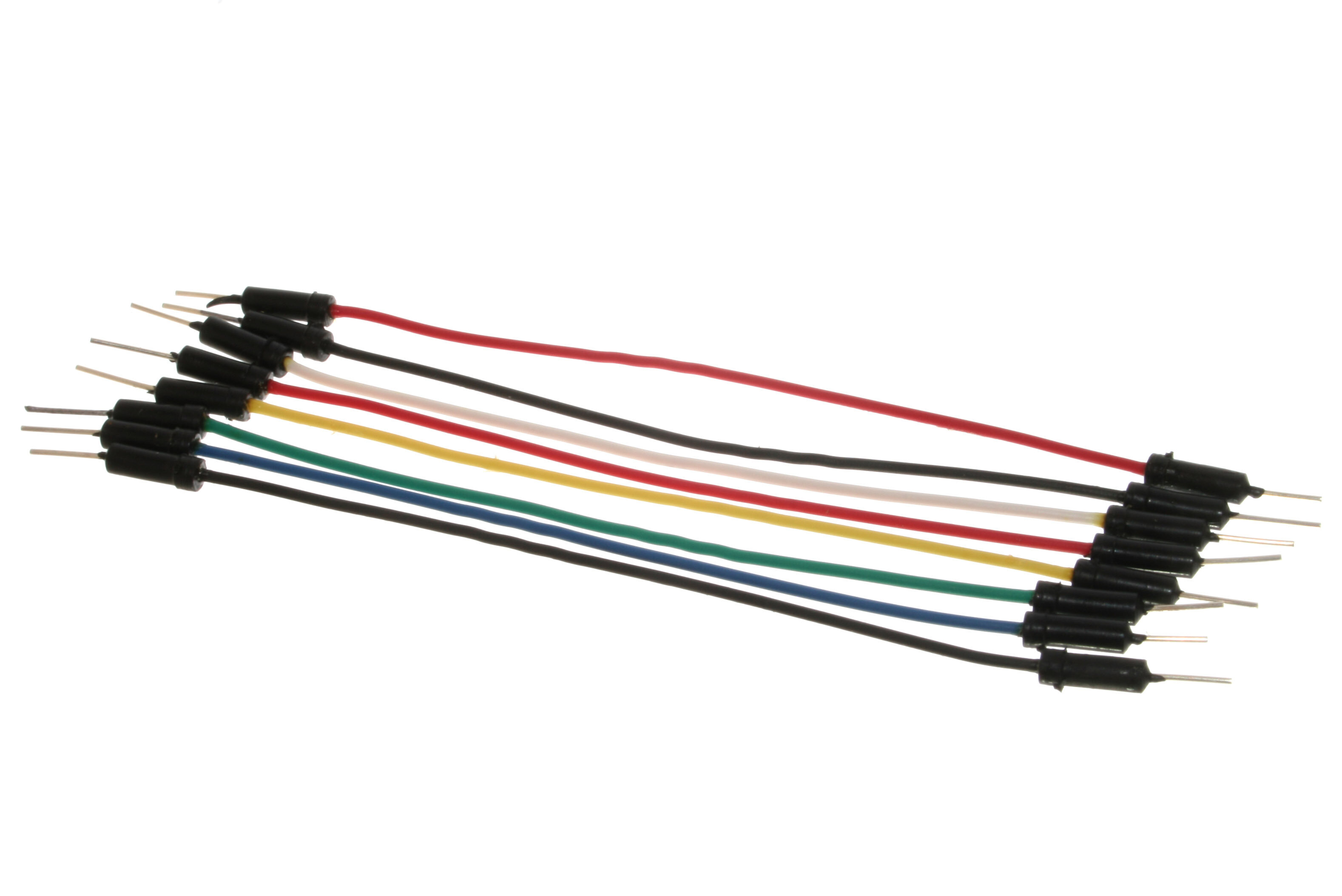
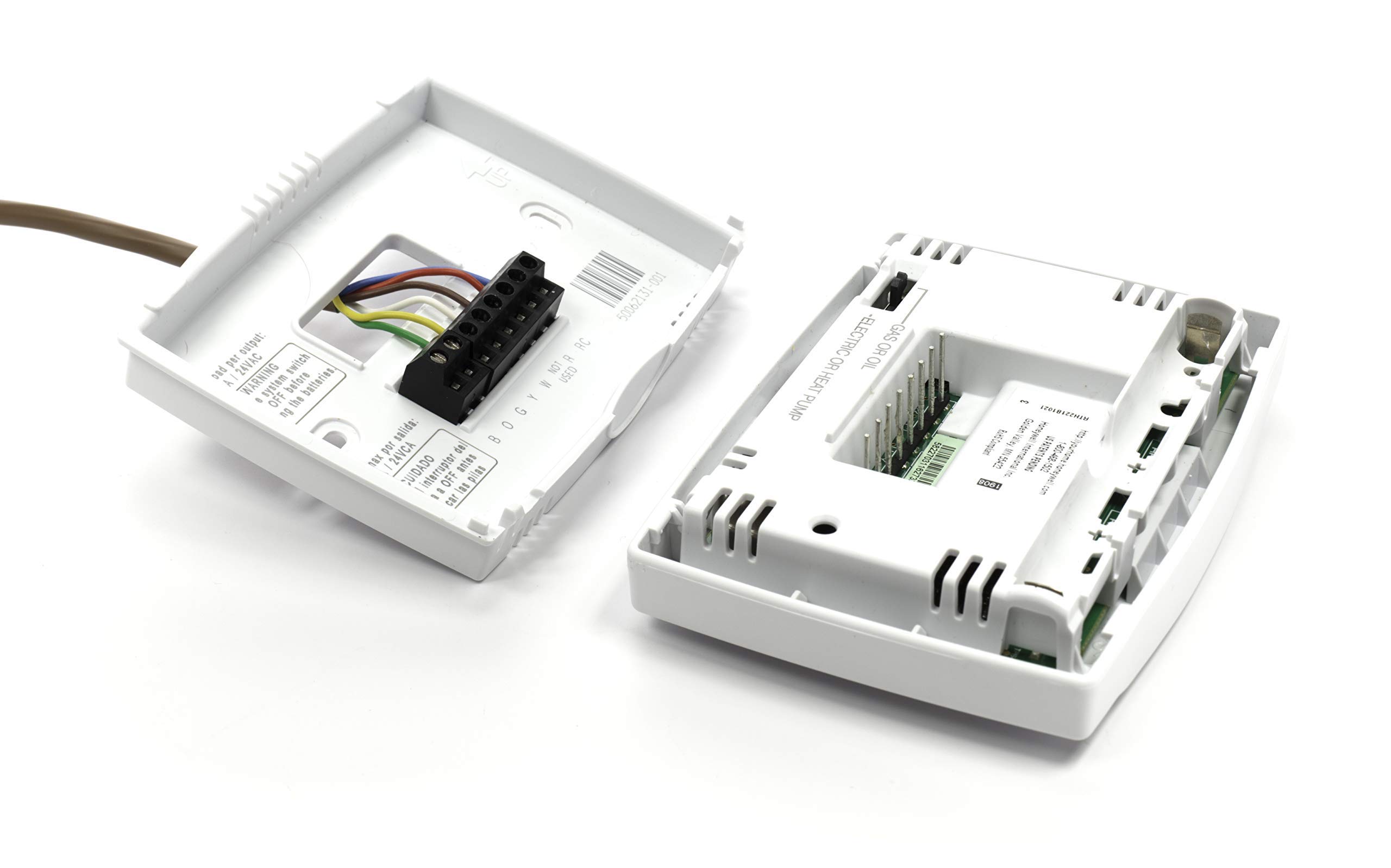
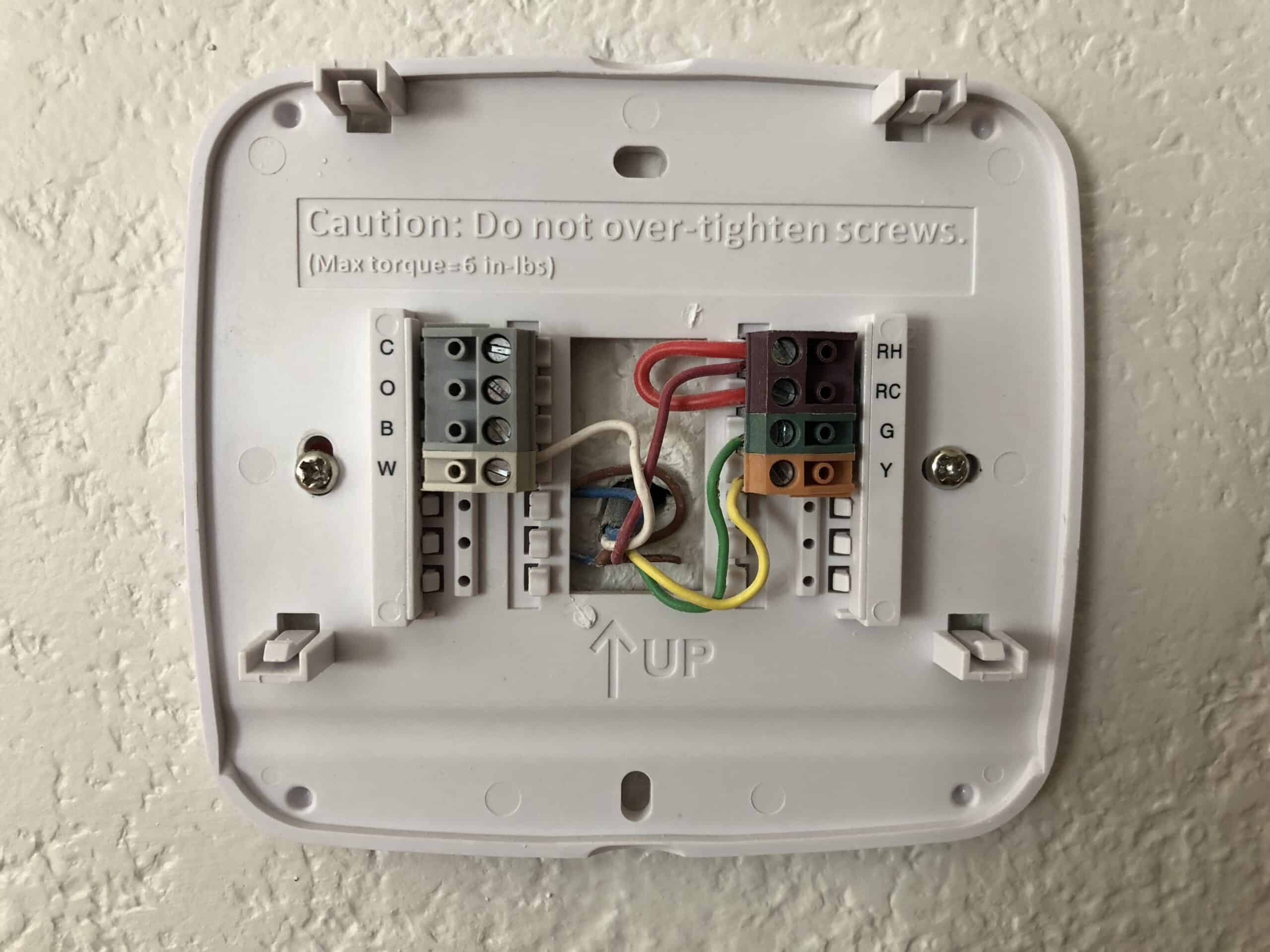
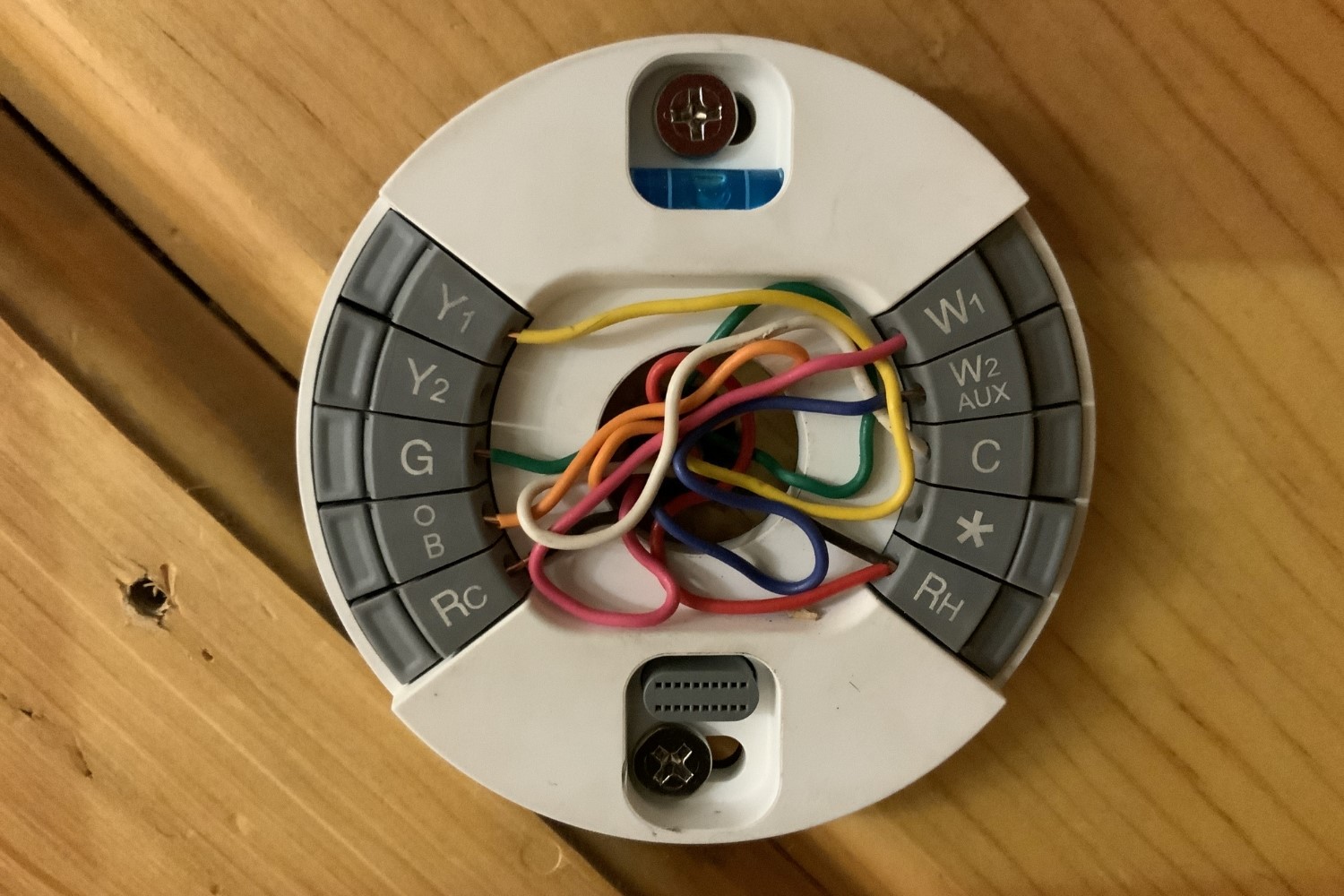
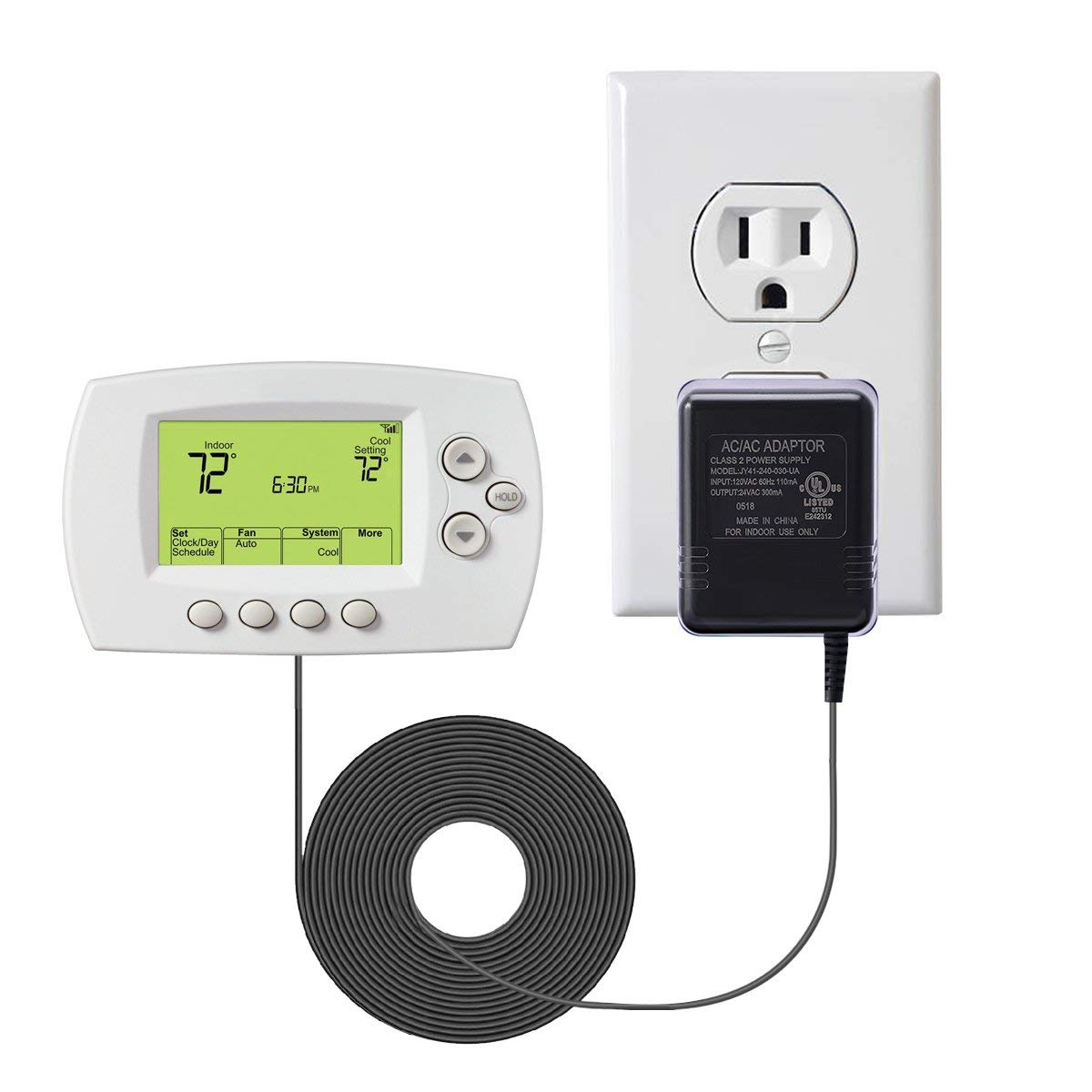
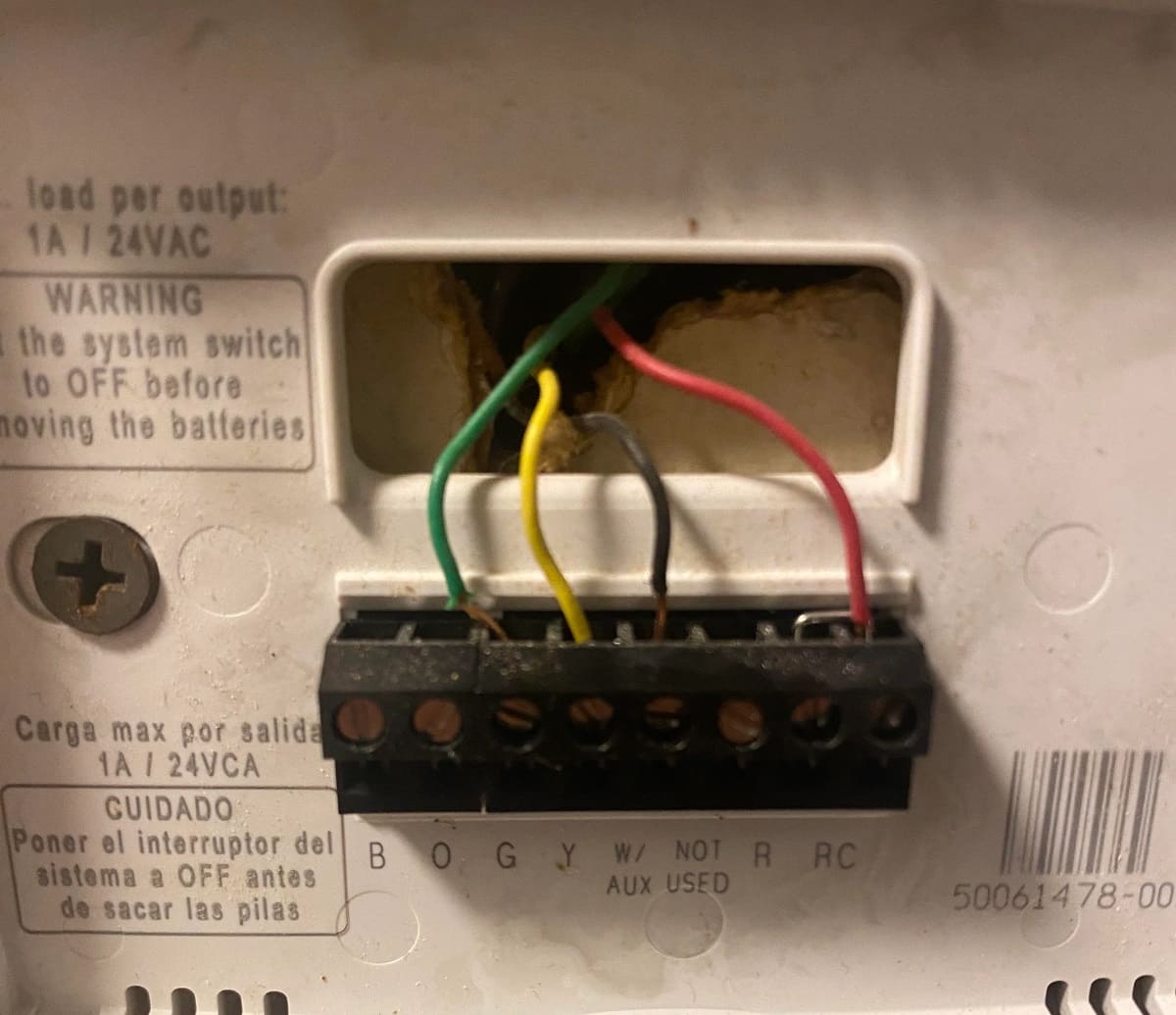
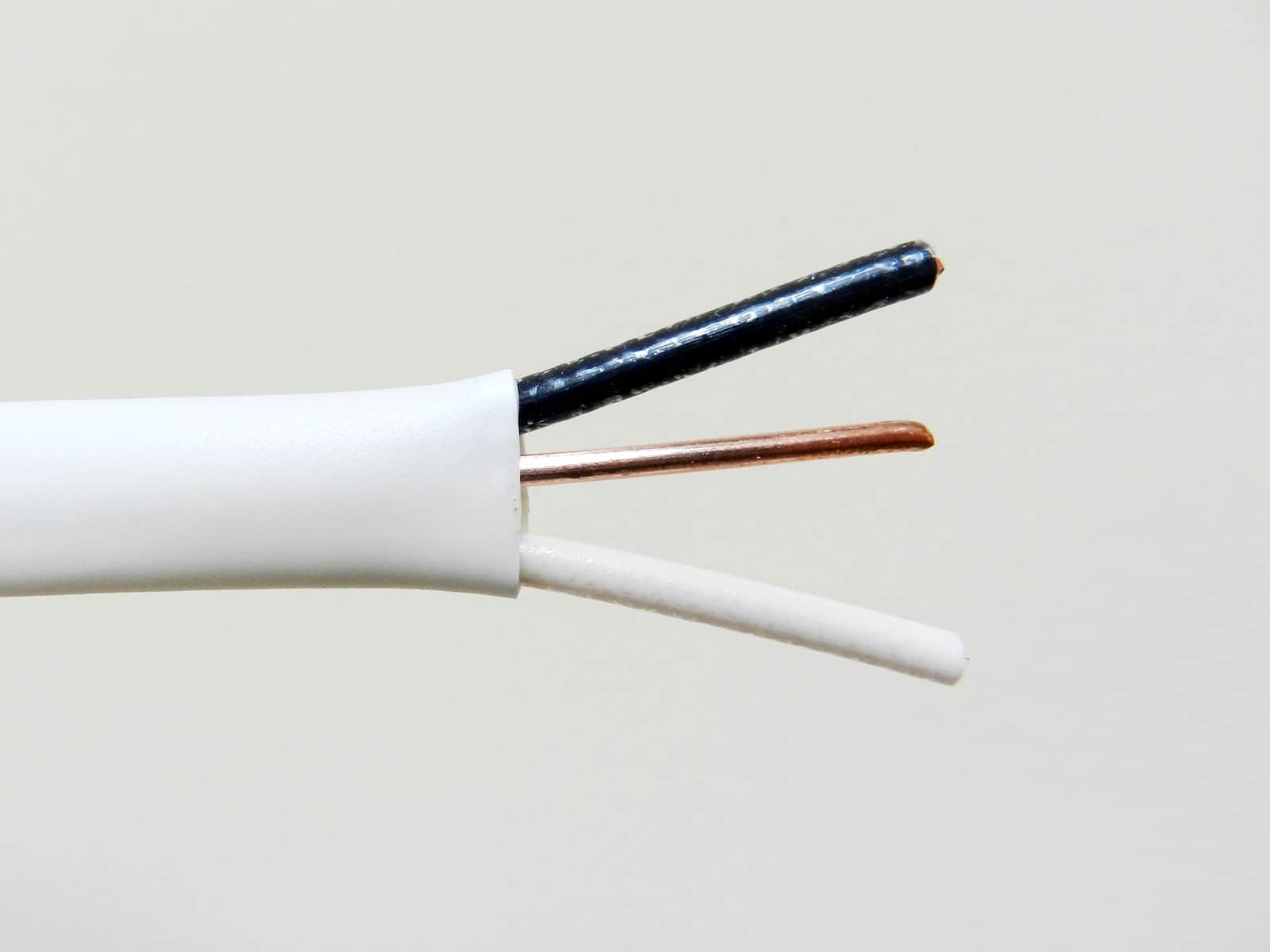
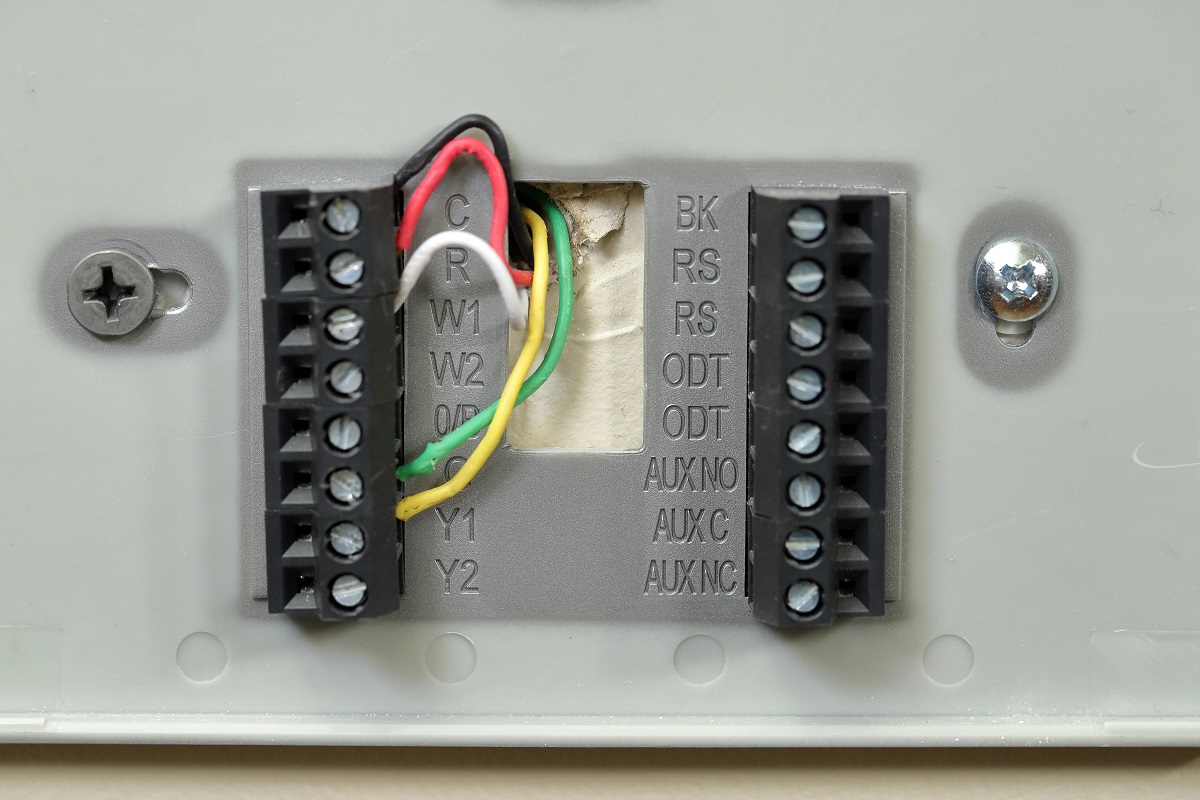
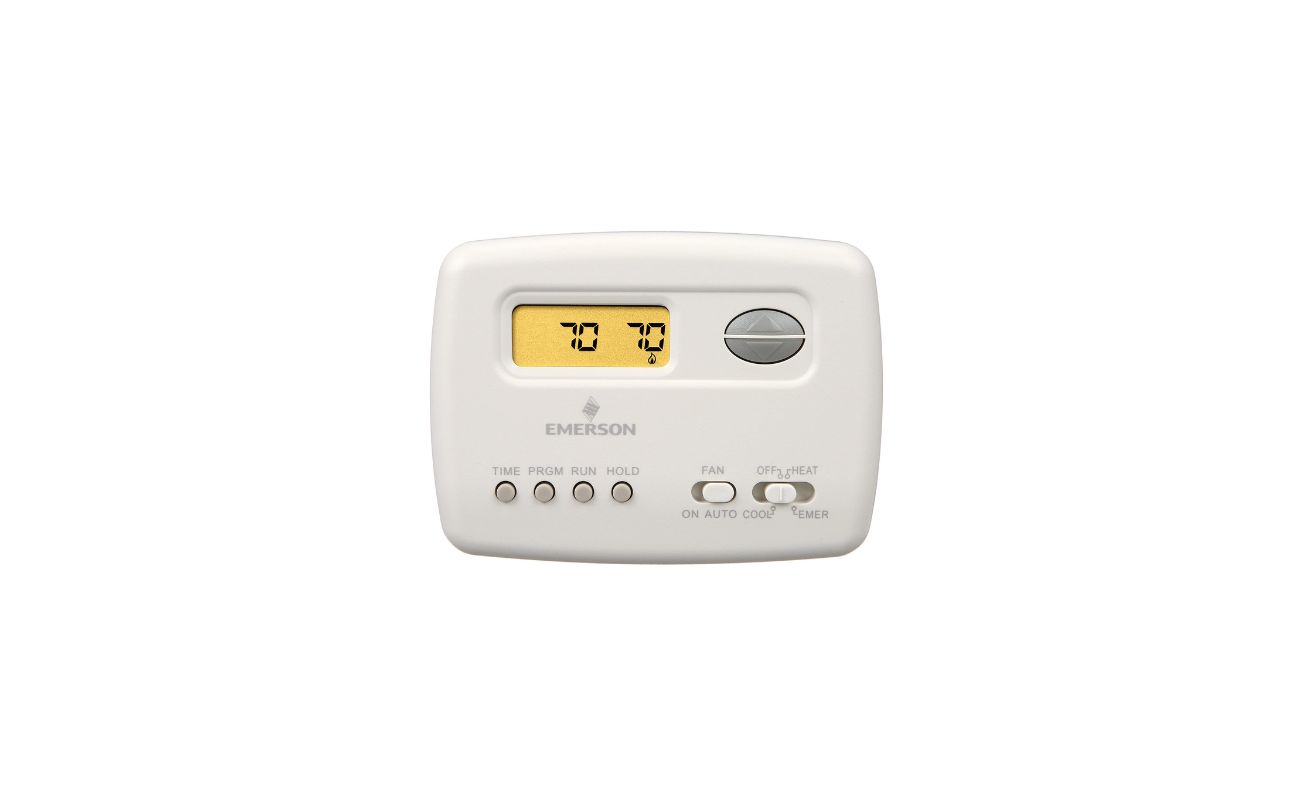
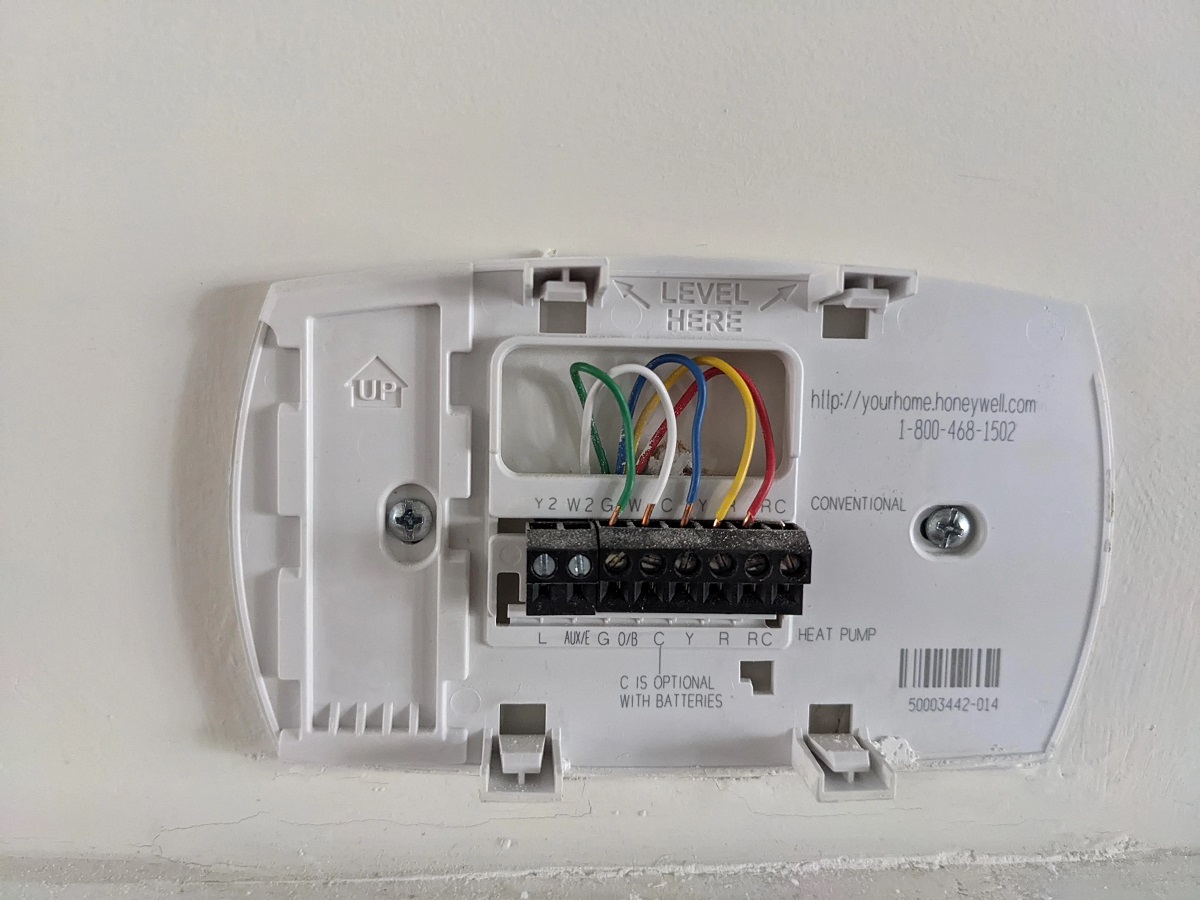
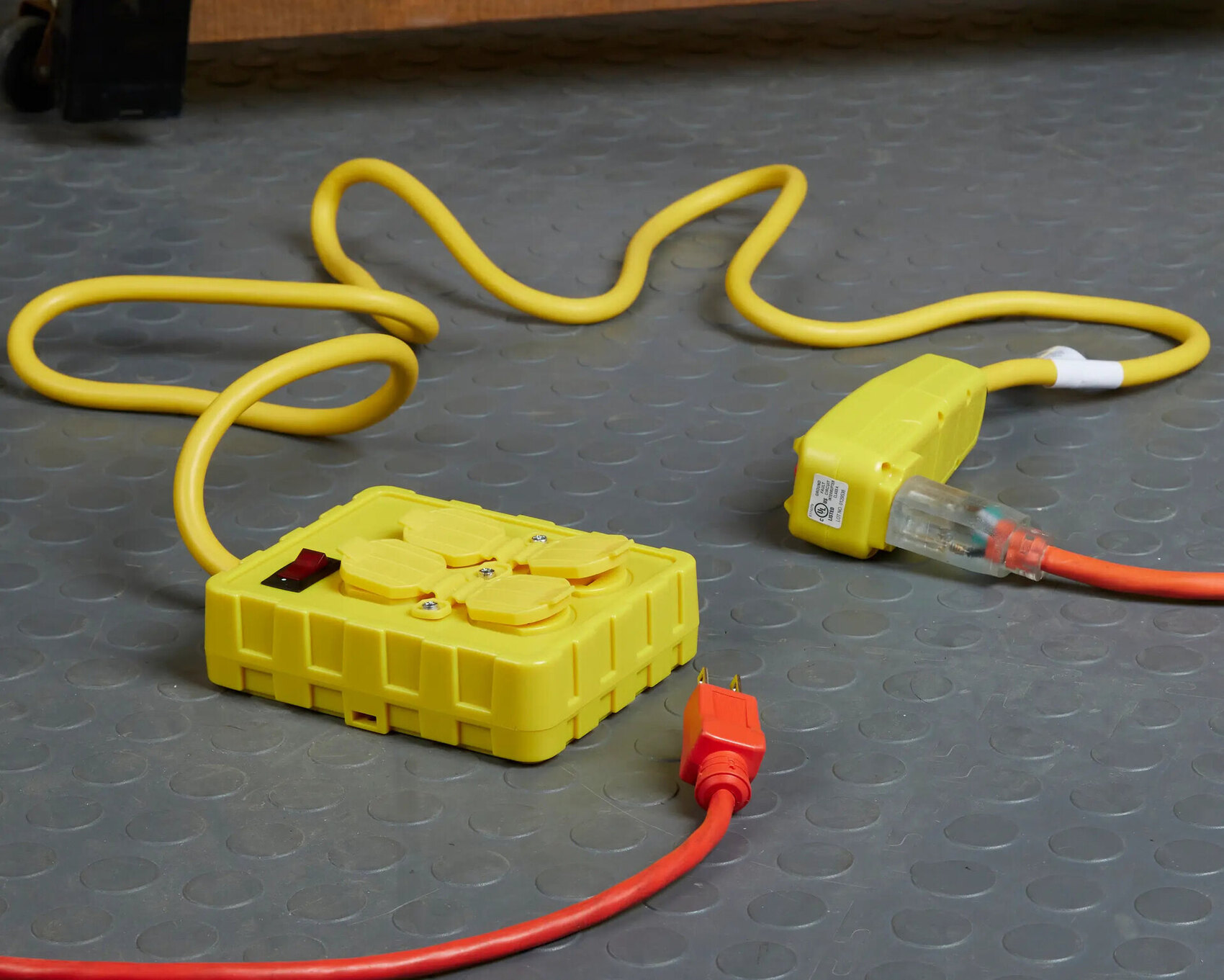
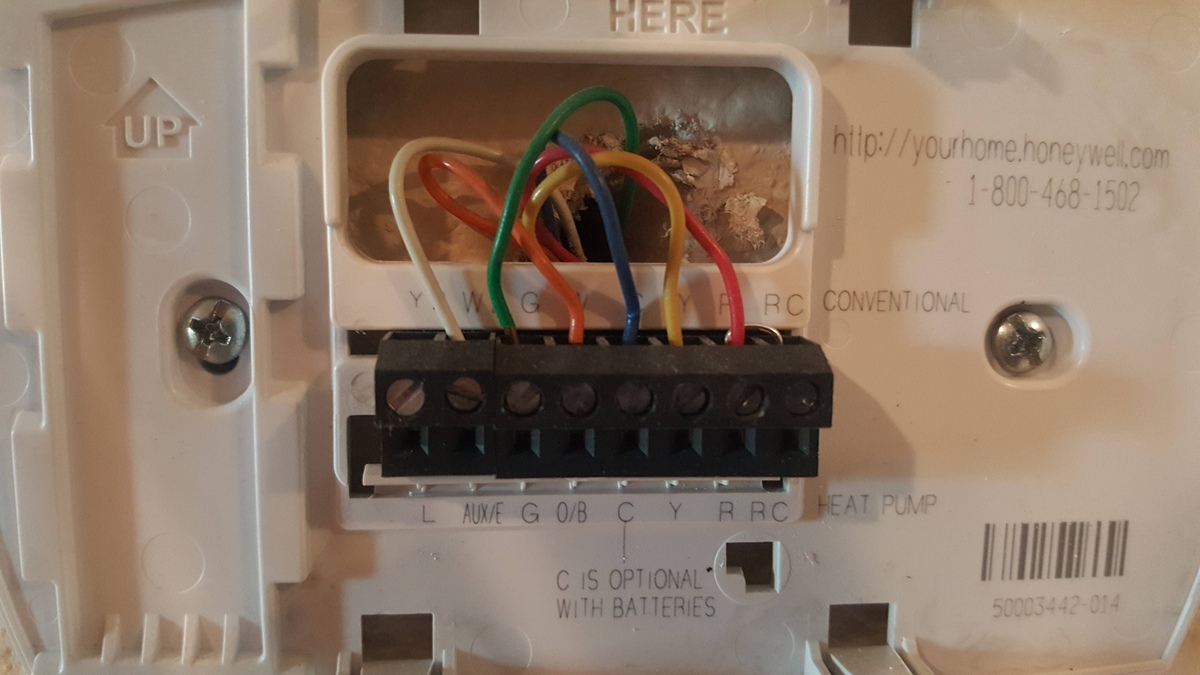
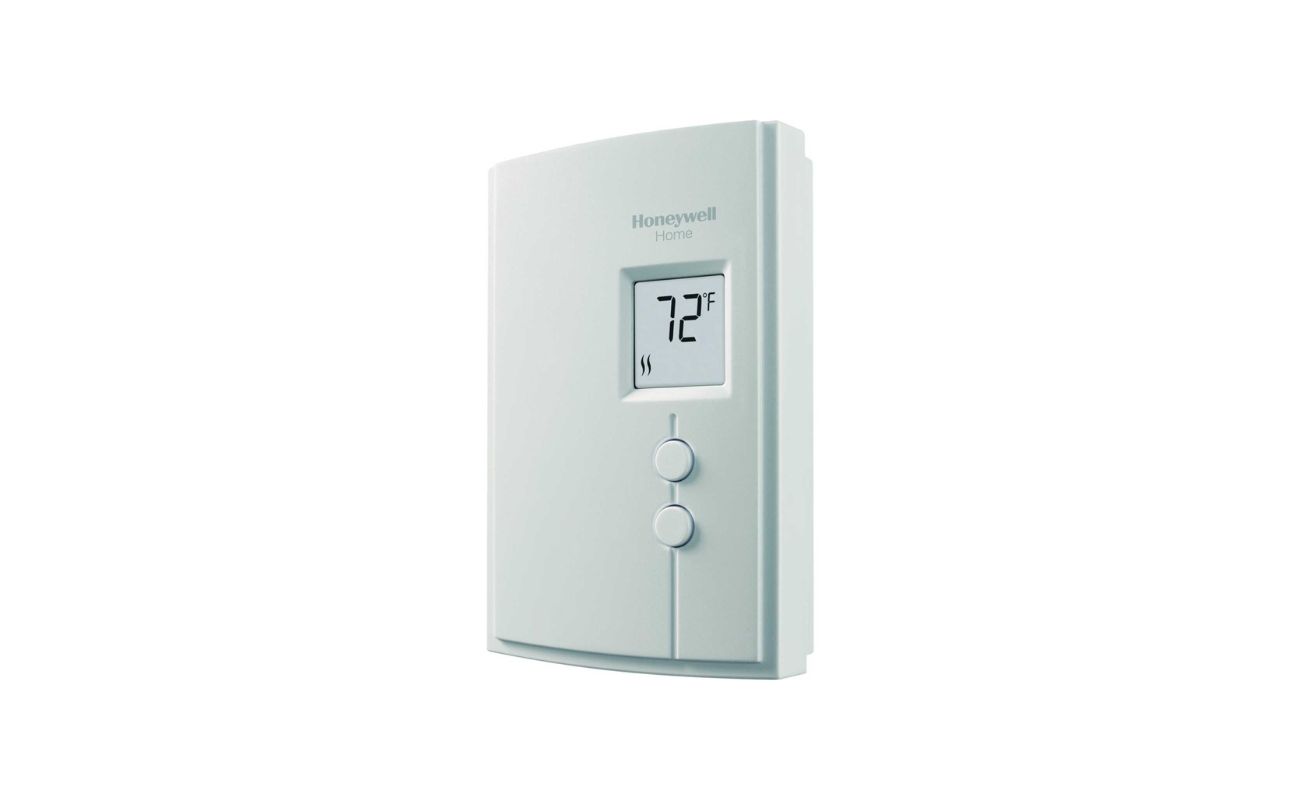

0 thoughts on “What Color Are Thermostat Wires”